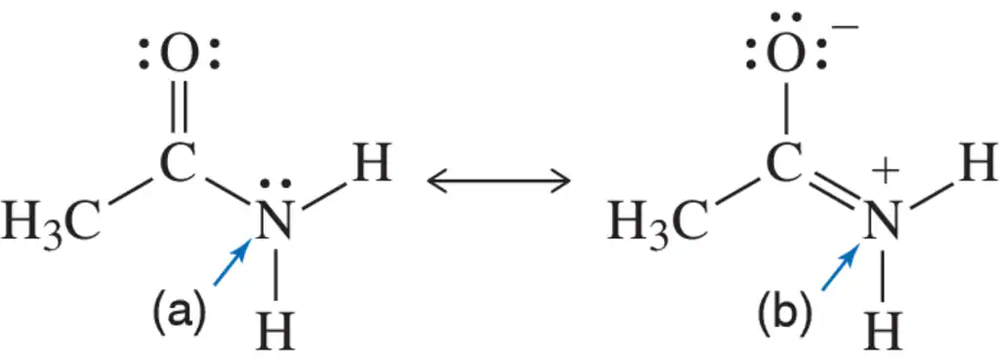For each of the following molecules, indicate the hybridization of each carbon and give the approximate values of all the bond angles:
d. CH2═CH—CH═CH2

 Verified step by step guidance
Verified step by step guidance Verified video answer for a similar problem:
Verified video answer for a similar problem:



 2:53m
2:53mMaster How carbon creates 4 partially-filled orbitals. with a bite sized video explanation from Johnny
Start learning